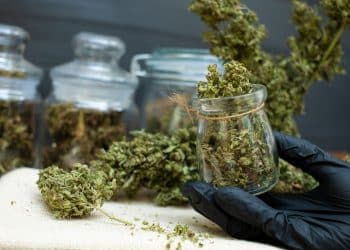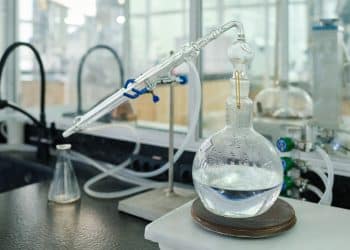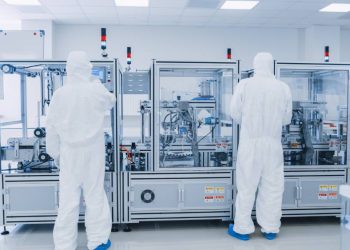Pressure is extremely important in the extraction and refinement processes of organic materials, including Cannabis derived products. Cannabis contains over 400 chemical entities, with 80-100 of those being cannabinoids. [1] Consuming unrefined Cannabis will thus expose consumers to all 400 of these chemicals, some of which may have desirable effects and some of which may be toxic. [2] Therefore, laboratory methods to extract desired compounds and refine them can help ensure a purer product. Pure, refined products are not only important to ensure reliability in research efforts on Cannabis products, they also help protect the users from undesired exposures to toxic solvent residues, pesticides, heavy metals etc.
There are numerous ways to extract cannabinoids such as cannabidiol (CBD), tetrahydrocannabinol (THC), or other classes of compounds like terpenes or flavonoids from Cannabis plants. The most popular techniques involve using solvents to extract the desired plant components and then evaporating the solvent away, thus leaving the desired extract. Many laboratories use supercritical carbon dioxide (CO2 ) with properties between a liquid and gas: in this state CO2 expands like a gas to fill its container, while also keeping the density of a liquid. The critical point in the case of CO2 is reached at 31.1 °C and 73.8 bar.
After the supercritical fluid extraction process it is possible to get rid of the solvent just releasing the pressure to transform again CO2 in a gas and recondensing it back to the initial tank lowering the temperature.
Pressure is important in the overall extraction process and refinement: by carefully controlling the pressure it is possible to tune the extraction selectivity and to extract some particular compounds separately from others. Moreover through a vacuum pump is possible to evaporate solvents more efficiently by lowering their boiling point temperature: the evaporation of the solvent from the extract will be carried out at temperatures that will not ruin thermolabile compounds and will leave a pure solvent-free final product. [3]
References:
[1] Atakan Z. Cannabis, a complex plant: different compounds and different effects on individuals. Ther Adv Psychopharmacol. 2012 Dec;2(6):241-54. doi: 10.1177/2045125312457586. [Journal Impact factor = 5.0] [Times cited = 420]
[2] Graves, B.M., Johnson, T.J., Nishida, R.T. et al. Comprehensive characterization of mainstream marijuana and tobacco smoke. Sci Rep 10, 7160 (2020). https://doi.org/10.1038/s41598-020-63120-6 [Journal Impact factor = 4.996 ] [Times cited = 38]
[3] Capuzzo A, Maffei ME, Occhipinti A. Supercritical fluid extraction of plant flavors and fragrances. Molecules. 2013 Jun 19;18(6):7194-238. doi: 10.3390/molecules18067194 [Journal Impact factor = 4.927 ] [Times cited = 237]
Image: https://www.bigstockphoto.com/it/image-355715777/stock-photo-chemical-scientist-operating-on-rotational-vaporizer-called-rotavapor-she-controls-speed-and-vacuum












